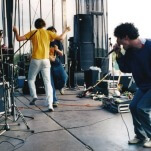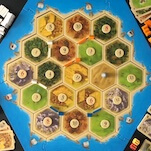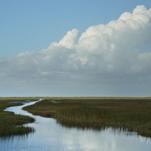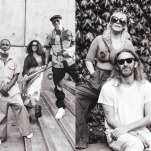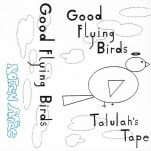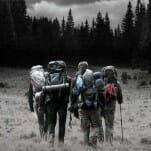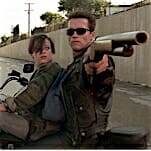deGeneration X: Playing Chicken with a Jumbo Jet
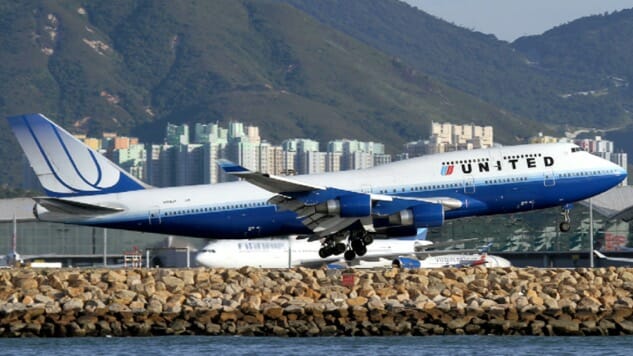
My bare feet are on the soft island sand of St. Martin, and my heart is pounding wildly. A few hundred feet in front of me, a 747 jet is on the tarmac making a u-turn and readying itself for take off. I am standing directly in the path of the jet wash that will soon emanate in force from the engines. As the plane completes the turn, the engines become increasingly louder, the wind force picks up and the takeoff is mere moments away. I have good reason to worry.
St. Martin (alternatively Sint Maarten) is a 34-square-mile island shared by France and the Netherlands in the northeast Caribbean just below Anguilla. The French side of the island features one of the Caribbean’s top culinary destinations in Grand Case and the clothing-optional Orient Beach where “nothing is better.” The Dutch side, meanwhile, caters more to the cruise ship industry with multiple big boats docking at the Port of St. Maarten most days. During my weeklong stay on the island, I spent nearly the entire time on the French side, but I did make one trip into Dutch territory to “surf” at Maho Beach.
Princess Juliana International Airport is named after the Dutch princess who would become Queen in 1948, but the airport is famous for planespotting and fence surfing. Maho Beach is a tiny patch of sand that stretches about 50 feet from the water to Beacon Hill Road, and the airport sits behind a pair of chain-link fences on the other side of the beachfront road. Just beyond the fence is Runway 10.
When I arrived at Maho, I headed into the Sunset Bar and Grill at the edge of the beach. The bar hosts a webcam for watching the planes remotely, and a decorative surfboard lists the departure times for the airplanes. Across the street, a sign on the fence reads, “DANGER: Jet blast of departing and arriving aircraft can cause severe physical harm resulting in extreme bodily harm and/or death.” For those willing to take the risk, two options await.
The first option is to stand on the beach as airplanes fly less than 100 feet overhead (and sometimes much less). This occurs because Runway 10 is relatively short, and arriving aircraft must land as close to the start of the tarmac as possible. This inspired the 2011 International Business Times headline, “The World’s #1 Beach for Scary Plane Landings,” and it looks something like this.
Sitting at the bar, I saw an incoming aircraft, and I ran to the middle of the sand. I challenged myself to stand upright as the plane passed overhead. I was basically playing chicken with a jumbo jet. At first, it appeared the plane was going to pass well overhead, but then something happened 30 seconds or so before landing: The pilot took the aircraft extremely low. It literally looked like the plane was going to crash into me, so I flinched and sat down on the sand.
For this round of chicken, the plane won.
The second option is to surf the fence, which is how most of the Maho Beach injuries happen. Just as the planes need a low-altitude flight path to land, the shortened runway means the pilots must rev the engines before takeoff. The jet wash hits the beach with a concentrated blast of air at speeds of up to 250 mph, and maybe only 250 feet separate the fence from the plane. Fence surfers cling to the chain links hoping the blast will blow their legs out from under them, creating a brief horizontal ride.
-

-

-

-

-

-

-

-

-

-

-

-

-

-

-

-

-

-

-

-

-

-

-

-

-

-

-

-

-

-

-

-

-

-

-

-

-

-

-

-

